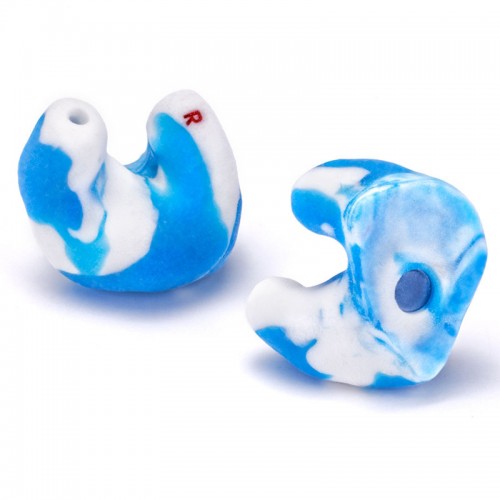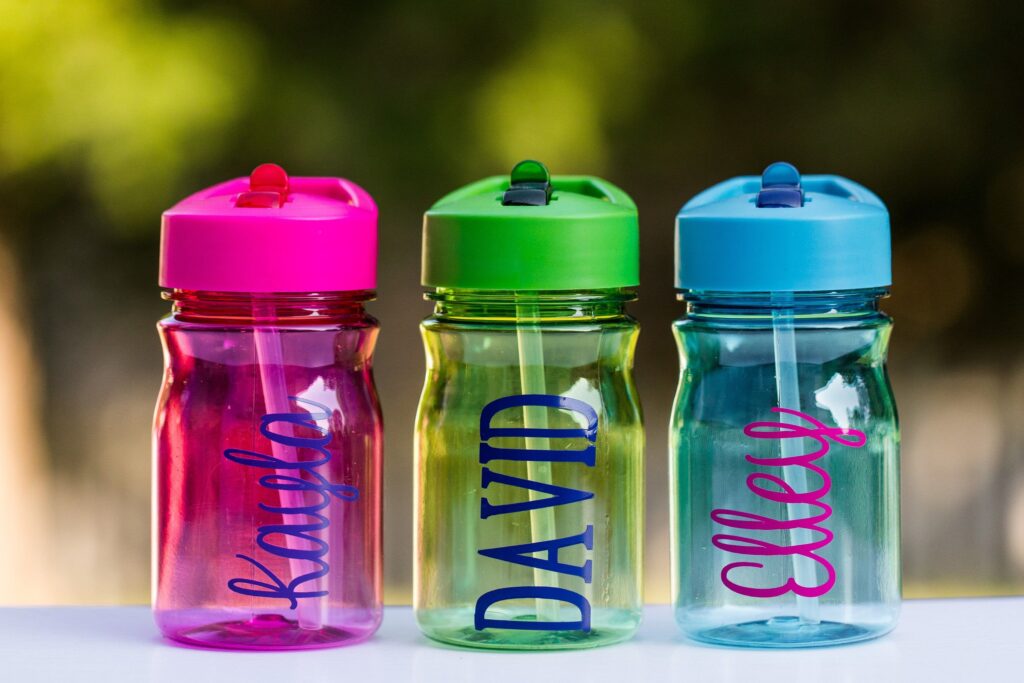
In today’s fast world, hearing protection is priceless. Be it a musician, a construction worker, or any commoner who believes in peace and quietness, there is an ideal solution known as custom earplugs. Unlike the ‘throw-away’ earplugs, these custom earplugs fit in one’s ear canal as if they were tailored for it, offering better comfort and protection.
The blog debates the advantages of custom ear plugs, their process of attainment, and where the best options are offered.
Why Choose Custom-Made Earplugs?
Some of the merits of custom earplugs over the standard off-the-shelf ones are as follows:
- Perfect Fit: Since these are moulded exactly to the shape and form of your ear canal, the fitted earplugs assure comfort. In fact, this perfect comfort because of a tailored fit greatly enhances the noise reduction effect of the custom ear molds.
- Durability: Because they are made of high-quality material, usually medical-grade silicone or acrylic, custom-made earplugs are very durable and can easily withstand daily wear and tear, hence being cost-effective in the long run.
- Variety: One can get custom earplugs for noise reduction, water protection, and even for musical purposes for musicians.
- Health Benefits: Due to the perfection in the seal, custom-made earplugs can prevent definite infections of the ears and other problems due to poor fitting or frequent usage of disposable earplugs.
The Process of Getting Custom Earplugs
Getting custom earplugs involves a few straightforward steps:
- Audiologist Consultation: Schedule an appointment with an audiologist or other qualified hearing care professional. They will assess your specific needs and explain the benefits of custom-fitted earplugs.
- Making Ear Impressions: During this appointment, the audiologist takes impressions of your ear canals by injecting a soft, moulded material into the ears, which solidifies to obtain an accurate model of the ear canal.
- Manufacturing: The ear impressions are mailed to a specialized lab where your custom earplugs are manufactured. This can take several weeks, depending on the design and materials used.
- Fitting and Adjustment: When your custom-made earplugs are ready, you will return to the audiologist for a fitting. They will perform a perfect fit of your earplugs and make any necessary adjustments.
Where to Get Custom Earplugs
Solutions like these can be sought in facilities including, but not limited to:
- Audiologists and Hearing Clinics: Audiologists and hearing clinics still remain the most surefire ways through which one can gain access to custom earplugs. These practitioners possess the requisite expertise and equipment necessary in the making of precise ear impressions and offering professional suggestions regarding the correct grade or type of earplugs to be used for their needs.
- Online Retailers: Some companies provide a do-it-yourself kit whereby one can take their own ear impressions at home. The kits contain detailed instructions and materials necessary for taking good molds of the ear. After taking the impression, you will send them back to the company, where your custom-made earplugs are manufactured.
- Speciality Stores: Some speciality stores, especially those dealing with music or industrial safety, offer custom earplug services. These stores are normally well-equipped with employees who might even take the impression of the ears and advise accordingly on the best options for your needs.
How to Choose the Right Custom Earplugs
When choosing custom earplugs, consider the following:
- Purpose: Clearly define the purpose that your earplugs are to serve. This could be noise reduction, water protection, or musical enhancement. There are different types of custom earplugs for different purposes; hence, choosing the correct one will be determined by your specific needs.
- Material: Usually, custom earplugs are made of either silicone or acrylic. Silicone is soft and flexible; thus, it is comfortable during long wear. Acrylic material is a bit rigid and durable, hence can serve longer.
- Additional Features: Some custom earplugs are designed to incorporate added features, such as filters that allow certain frequencies to pass through while blocking others. This is helpful for musicians who want to hear their instruments clearly while reducing overall noise levels.
- Costs: With so much variety in disposable options, it’s easy to see how custom earplugs may come off as pricey. They are, however, a pretty good investment in your hearing health. Prices go accordingly with the complexity of the design and the materials used in the making. So you need to know your budget well enough.
Care for Your Custom Earplugs
To extend the use and efficiency of custom earplugs, the following tips will be helpful:
- Cleaning on a regular basis: Use soap and water, being careful not to harm the earplugs with harsh chemicals or abrasive materials.
- Proper Storage: Store the earplugs in a protective case when not in use. This will prevent loss and damage.
- Follow-up Appointments: Make regular appointments with the audiologist so as to ensure, after a certain period, the earplugs fit well and offer protection accordingly. The shape of the ear canal is more likely to change over time, and alterations may have to be made in respect of that fact.
Concluding Remarks
Given that it is a matter of your hearing and comfort with sound, investing in custom-made earplugs is totally worth it. For the professional musician to the construction worker and even to those who just appreciate peace and quiet, the ultimate solution would involve getting custom-made earplugs.
By following this blog, you will be able to find the right custom earplugs for your needs and get most, if not all, of the benefits related to such ear protection. For a full range of custom clipboards, among other hearing protection solutions, visit Brava Marketing online or have one of our representatives contact you directly. Our goal is to provide the products to meet our client’s requirements and needs.

